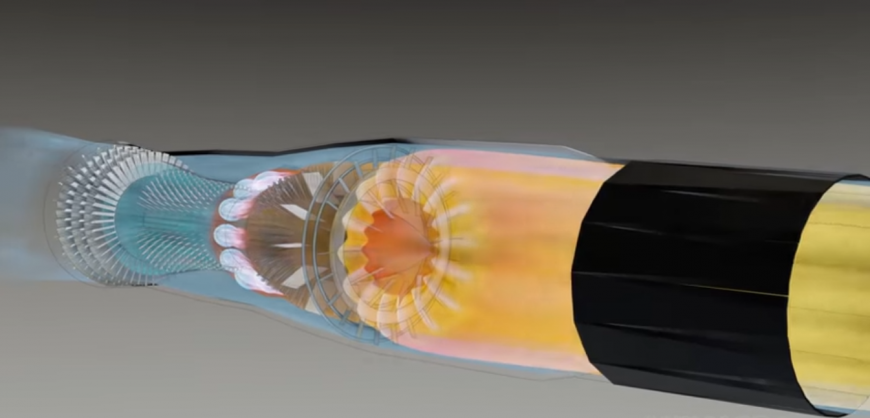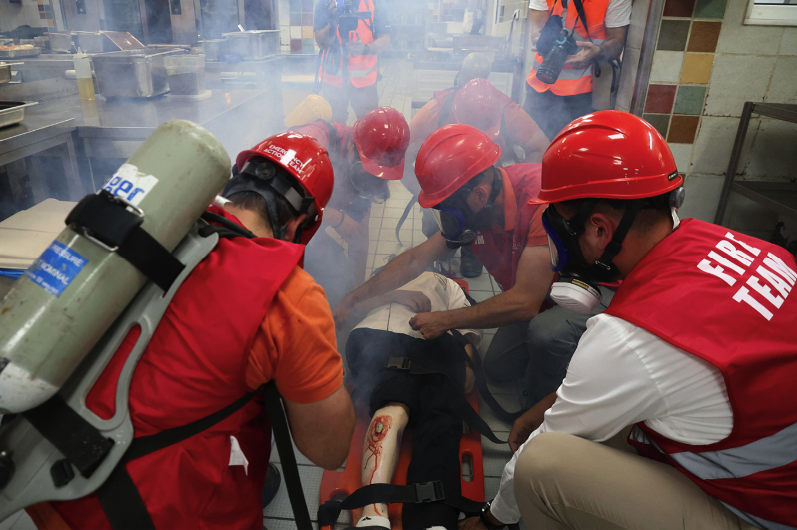This past autumn, a professor at Wuhan University named Jau Tang was hard at work piecing together a thruster prototype that, at first, sounds too good to be true.
The basic idea, he said in an interview, is that his device turns electricity directly into thrust — no fossil fuels required — by using microwaves to energize compressed air into a plasma state and shooting it out like a jet. Tang suggested, without a hint of self-aggrandizement, that it could likely be scaled up enough to fly large commercial passenger planes. Eventually, he says, it might even power spaceships.
Needless to say, these are grandiose claims. A thruster that doesn’t require tanks of fuel sounds suspiciously like science fiction — like the jets on Iron Man’s suit in the Marvel movies, for instance, or the thrusters that allow Doc Brown’s DeLorean to fly in “Back to the Future.”
But in Tang’s telling, his invention — let’s just call it a Tang Jet, which he worked on with Wuhan University collaborators Dan Ye and Jun Li — could have civilization-shifting potential here in the non-fictional world.
Meet the Ancient Greek horse that still exists today! (video)
“Essentially, the goal of this technology is to try and use electricity and air to replace gasoline,” he said. “Global warming is a major threat to human civilization. Fossil fuel-free technology using microwave air plasma could be a solution.”
He anticipates this happening fast. In two years, he says, he thinks Tang Jets could power drones. In a decade, he’d like to see them fly a whole airplane.
That would all be awesome, obviously. But it’s difficult to evaluate whether Tang’s invention could ever scale up enough to become practical. And even if it did, there would be substantial energy requirements that could doom aerospace applications.
One thing’s for sure: If the tech works the way he hopes, the world will never be the same.
Read more: Futurism








































